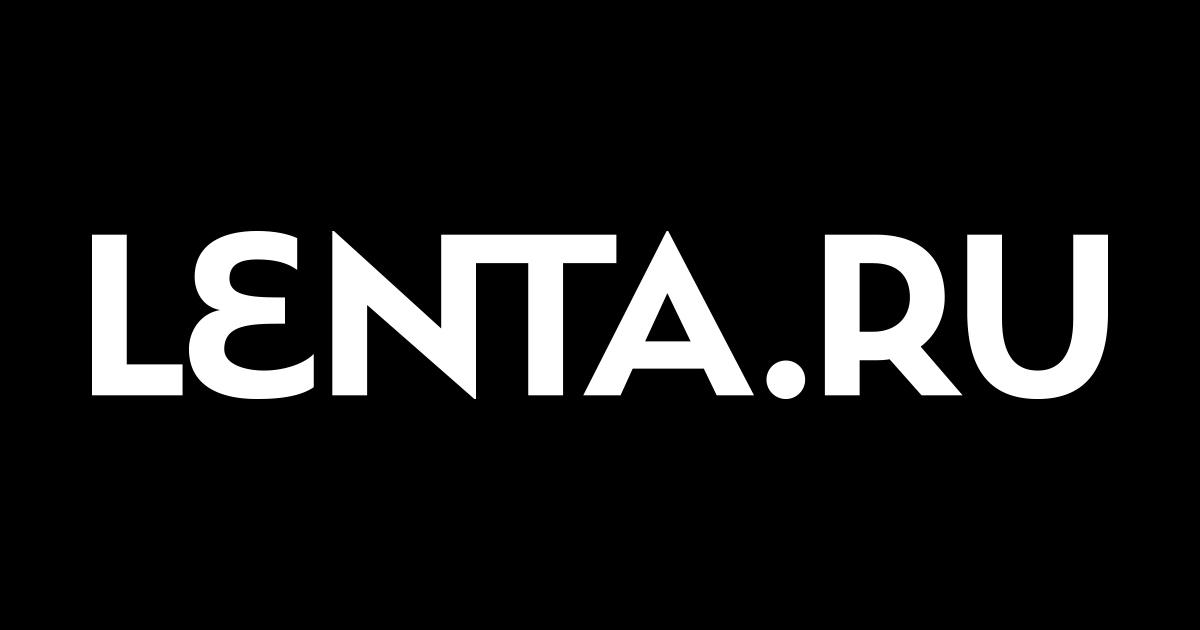The documentary Writing With Fire shows how casteless women in India are rebelling with journalism. The Docpoint Festival presents a film that also featured John Webster.
Amsterdam
In 2002 In the Chitrakoot region of Uttar Pradesh in India, a group of Dalit women founded their own Khabar Lahariya newspaper. They were casteless women, that is, the most fundamental of Indian society.
Today, some of the country’s Dalits have risen to the middle class, but traditionally Dalits have been considered filthy and are left with taboo, poorly paid jobs such as cleaning toilets or slaughtering animals. In remote areas, the situation is often very poor, and tasks in rural villages are often forced labor.
It was special that the Dalit women raised their voices.
The name of the magazine means news wave. Now, 20 years later, it has gone digital and grown into a tsunami. It reaches up to ten million viewers a month on Youtube.
“I wasn’t going to be a journalist. I just wanted a job so I could continue my studies in the social sciences. I found the women who designed the magazine and became interested, ” Meera Devi says at the Idfa Documentary Festival in Amsterdam. He is one of the founders and editors of Khabar Lahariya.
Documentary authors Rintu Thomas and Sushmit Ghosh came across the topic in 2016 just as the magazine was planning to go online. They followed the project at this crucial stage for three years. The resulting film Writing With Fire is perhaps the highlights of this year’s Docpoint festival.
“We found the subject at the right time. We were first invited to a meeting to discuss digital enlargement. In general, the intelligence and sense of humor of silenced Dalit women immediately impressed me, ”says Rintu Thomas.
Writing WIth Fire tells the story of Khabar Lahariya, a digital publication for casteless Indian women.
Writing With Fire premiered a year ago at the Sundance Festival in the United States, where it received a Special Jury Prize and Audience Award. Since then, it has collected more than 20 other awards. In November, it was performed at the Idfa Festival in Amsterdam. There, too, it won an audience award.
Idfa is the largest festival in the documentary industry. It often invites filmmakers alongside filmmakers. Both directors and Meera Devi were present.
“In the two years since the filming of the film, a lot has happened in both India and the world. When Korona closed the world, many journalists lost their jobs, but we have continued to report and have grown, ”says Devi.
Khabar Lahariya has set up new deliveries in several states. It has acquired the features of a news agency and is also used as a training platform. 800 of its own journalists have been trained. All are women, and there are several representatives of minorities, such as Muslims.
Some women have not even been able to read when they join.
Dalit is a name used by the casteless self to mean trampled. According to the Dalit Solidarity Network, there are up to 300 million non-castes in the world. Casteless women are even under casteless men. Becoming a journalist is not easy for them. There are often family and family demands on the road. Teen marriages, domestic violence and rape are common.
The documentary shows how Devi first interviews a rape victim and then goes to the police to do nothing about it.
Devi herself married at the age of 14, but the man’s family allowed her to study until college while raising children.
One of the suppliers, Suneetan in turn had to quit work and stay home with the man. Suneeta also decided to teach the use of a smartphone to her husband, who was excited to report his own stuff on Youtube. Suneeta was also allowed to continue working and began training more women as journalists.
“The patriarchy is always present, so our struggle always starts at home. Journalism is not considered the work of women, so the struggle is ongoing. Suneeta is a good example. He had a conflict between independence and the responsibilities of a good daughter and wife, ”Devi says.
Monessa in the scene, Khabar Lahariya’s reporter is the only woman among the men to challenge the nasty questions of police, officials or village men over the dominance.
Making videos online – especially live – may protect editors compared to making a magazine. You will not be attacked when the phone in your hand may be full of witnesses. The work is still not easy.
“Switching to the network has meant growth, but at the same time the risks have increased. Work and dangers go hand in hand. Attacks and threats are coming, and trolling is constant. It’s really hard to build an atmosphere of trust, but it’s the glue that holds us together, ”Devi thinks.
Writing With Fire While filming the documentary, directors Thomas and Ghosh were sometimes concerned. Thomas points out that remote areas were not used to cameras. Journalists ’phones were more easily accepted than professional equipment.
“The police in particular often became interested in us. We had a small group of three people. We tried to go unnoticed and took lessons from the journalists we followed. They made us realize that it was very important to always be open, ”says Thomas.
It is essential, therefore, that Khabar Lahariya make news from remote areas and other blind spots. The issues directly affect the lives of those discriminated against. During the pandemic, for example, it has been essential to report on the effects of corruption on food distribution in rural small villages.
The magazine’s funding comes entirely from subscription fees and donations. Delivery is accurate and no ads are sold at all. The Khabar Lahariya digital online publication reaches up to ten million viewers a month.
“India the mobile market is huge. Consumption of news has largely moved there. They are no longer watched much on television. These Dalit women seem to reinvent the news. They are fighting for equality and democracy. It’s hugely admirable, ”Ghosh says.
In the early days of the Internet and other media technologies, it was hoped that Western journalism would build media democracy. It became mainly a murmur that has served as a bacterial culture of populism and trolling. Dalit women’s grassroots journalism, on the other hand, works according to dreams.
Khabar Lahariya has prospered at a time when far-right Hindu nationalism has risen and freedom of speech has shrunk in India. Ghosh points out that a similar rise in populism has been seen in both Europe and the Americas.
“India’s change is scary. It is no longer the same country I grew up in. But Khabar Lahariya is the best answer to that development. It shows how women are challenging change and defending freedom of speech, ”says Thomas.
It is also encouraging that Khabar Lahariya’s audience is diverse. Devi says it is followed by both women and men and there is a lot of youth. The topics are often serious, but there are also attempts to come up with light to keep the youth involved.
“But I think in the end the foundation of our popularity is precisely that we are not like the mainstream. Not everyone agrees with us, but many of them still consider us essential, ”Devi says.
“Watching the documentary made me realize we’ve really done a lot. Our work has changed perceptions of women and what we can do, ”Devi thinks.
Producer John Webster (left) and director-producers Rintu Thomas and Sushmit Gosh in Delhi in March 2018.
Writing With Fire The film is surprisingly partly a Finnish production. It has been doing that too John Webster, known among other documents Vacuum Cleaner Dealers (1993) and Donner – Private (2021) as a director.
“I have been attending Docedge in Calcutta for five years to coach Asian documentary projects. The father of an Indian documentary Nilotpal Majumdar founded it in 2004, ”Webster says on the phone.
Prior to Webster, the project involved a Finnish producer and documentary director Iikka Vehkalahti.
Docedge enters documentary projects from all over Asia. Webster had met Rintu Thomas and Sushmit Ghosh at the event before, but the production Writing With Fire came out at the event in 2017. Webster became a co-producer, commenting on the script and filming along the way.
“Finland seems to be the first foreign party in the project.”
He says he is also a documentary producer of Yle Erkko Lyytinen left early. The sound design for the film was done by Janne Laine. Funding was also received from the Film Foundation and Avek.
Writing With Fire is another internationally successful Indian documentary that has ties to Finland. Iikka Vehkalahti was the main producer when it premiered last year Rahul Jainin Invisible Demons – Signs of Destruction in the film, which premiered in Cannes. Now Writing With Fire is on the short list of Oscars.
Read more: Invisible Demons is an ambitious attempt to portray the greatest achievement of our economies, the destruction of the climate
“Iikka has been a pioneer in the context of India. I, too, fell in love with India already when I did there Rooms with light and shadow documentary more than 20 years ago. Working at Docedge is voluntary and unpaid, but it’s rewarding, ”Webster says.
Docpoint – Helsinki Documentary Film Festival will be held as a nationwide online festival from January 31 to February 6, 2222. The entire software will be released on January 20th.
.
#Movies #Indias #poorest #polluted #women #set #media #works #dreamed #civic #journalism #Documentary #shows #success #story






